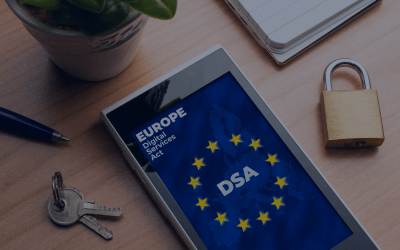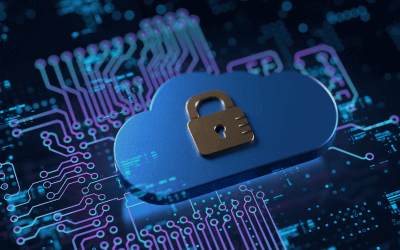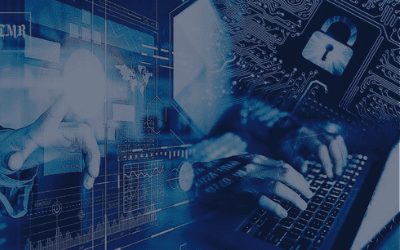Our Blog
Check back for weekly updates
The Boosters: Don’t Get Used to the Boost
Criminal boosters—individuals who steal and transport merchandise in support of Organized Retail Crime (ORC) enterprises…
White Nationalist “Active Clubs” Maintain an Active Online Presence
Nisos regularly monitors mainstream and alternative social media platforms as well as other online communities…
A Framework For Tackling Influence Operations During a Busy Election Year
Tackling influence operations (IO) in a normal year is difficult enough. This year, half the world’s population heads to the polls…
The Digital Services Act is Here. Nisos Can Help!
As of February 17, 2024, the European Union’s Digital Services Act (DSA) is in full effect…
Nisos: Top 5 Social Media Content Evasion Tactics
Users spreading violative content rely on various tactics to evade content moderation on social media platforms…
Nisos Awarded Built In Company Culture Awards
Nisos is honored to have been recognized by Built In’s 2024 Best Places to work…
Nisos Predictions: 5 Cyber-Physical Risk Trends to Watch in 2024
As we enter 2024, security leaders face an onslaught of threat actors traversing the digital and physical planes with ease…
Investigation: Probable DPRK Online Personas Used To Fraudulently Obtain Remote Employment at U.S. Companies
Nisos investigators identified a number of online personas probably used by the Democratic People’s Republic of Korea…
The Fencers: The Lynchpin of Organized Retail Crime Enterprise
Criminal fencers—individuals who knowingly buy stolen merchandise to resell for profit—are often the lynchpin of an Organized Retail Crime (ORC)…
Nisos Completes SOC 2® Type 2 Report
Nisos, The Managed Intelligence Company®, is proud to announce the successful completion of its SOC 2® Type 2 report…
Trickbot in Light of Trickleaks Data
Attribution work by its very nature is challenging and dependent on the timeliness and accuracy the data researchers initially have on the unknown actor…
Karakurt vs. Conti Compare and Contrast
With a handful of recent cyber threat intelligence reports alleging direct organizational ties between Conti and Karakurt…
Ransomware-as-a-Service (RaaS) and Cyber Insurance War Exclusion Clauses
As of March 31, 2023, Lloyd’s of London coverage options were updated to exclude any losses attributed to nation-state actors…
15 Common Types of Business Fraud
Fraud is a constant thorn in the side of many enterprises. It affects not only their operations and their revenue…
Chinese State-Linked Information Operation Revealed Social Media Account Takeover Potential
Nisos investigators identified a network of pro-Beijing Twitter accounts likely engaged in state-backed information operation targeting audiences in various countries in Latin America…
Stay up to the minute
Subscribe to our blog to get notified of updates in your inbox.















